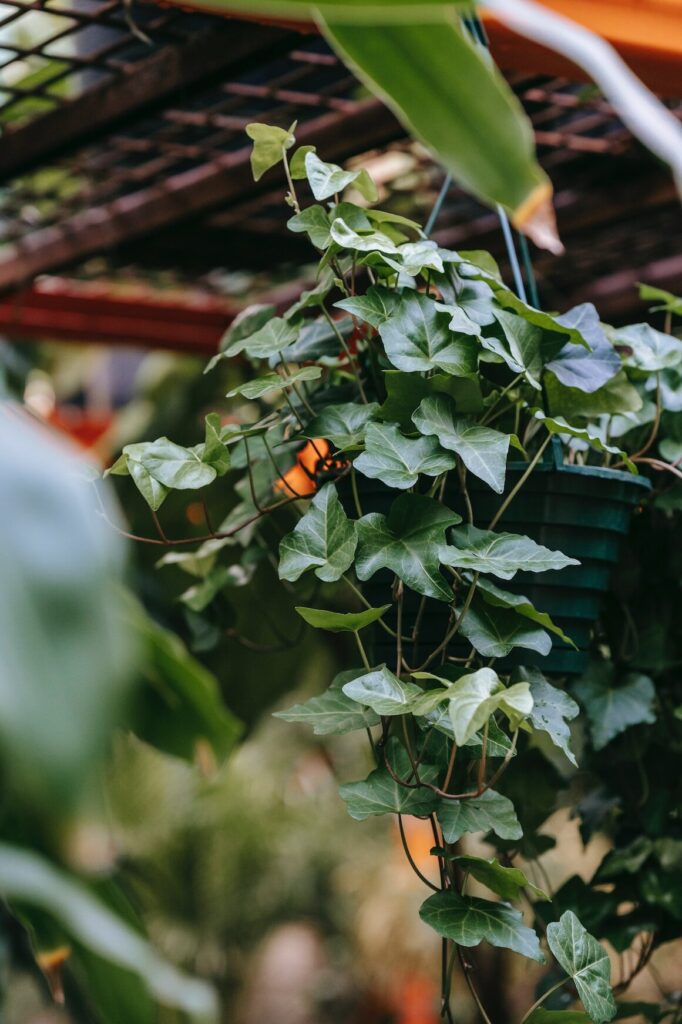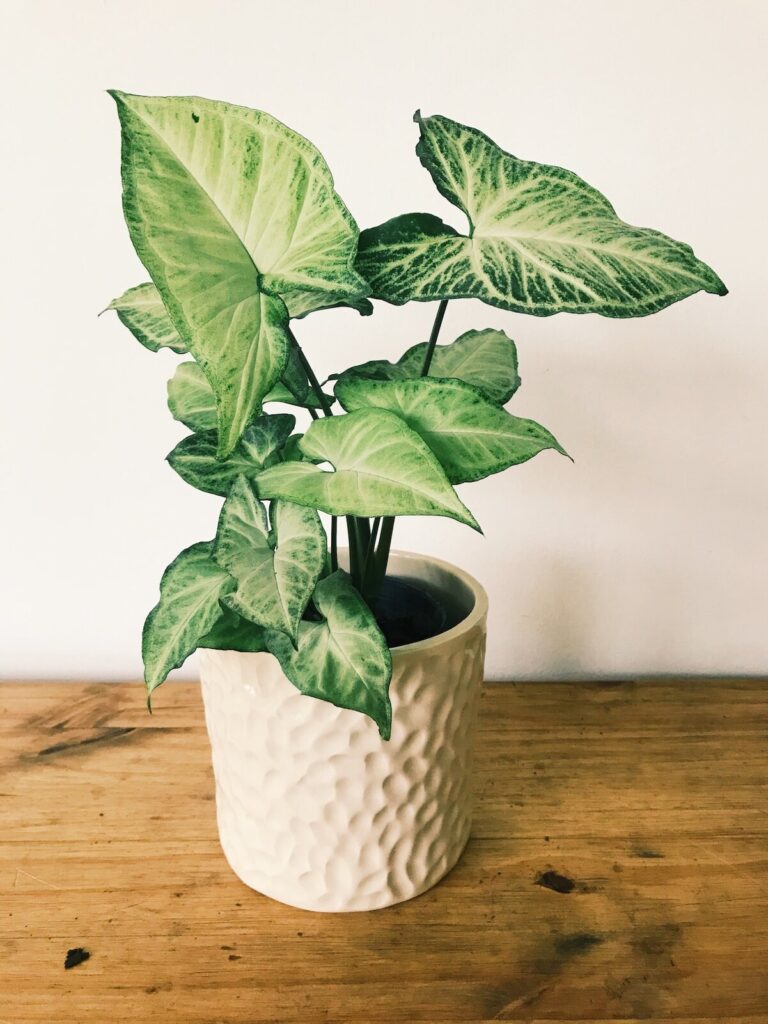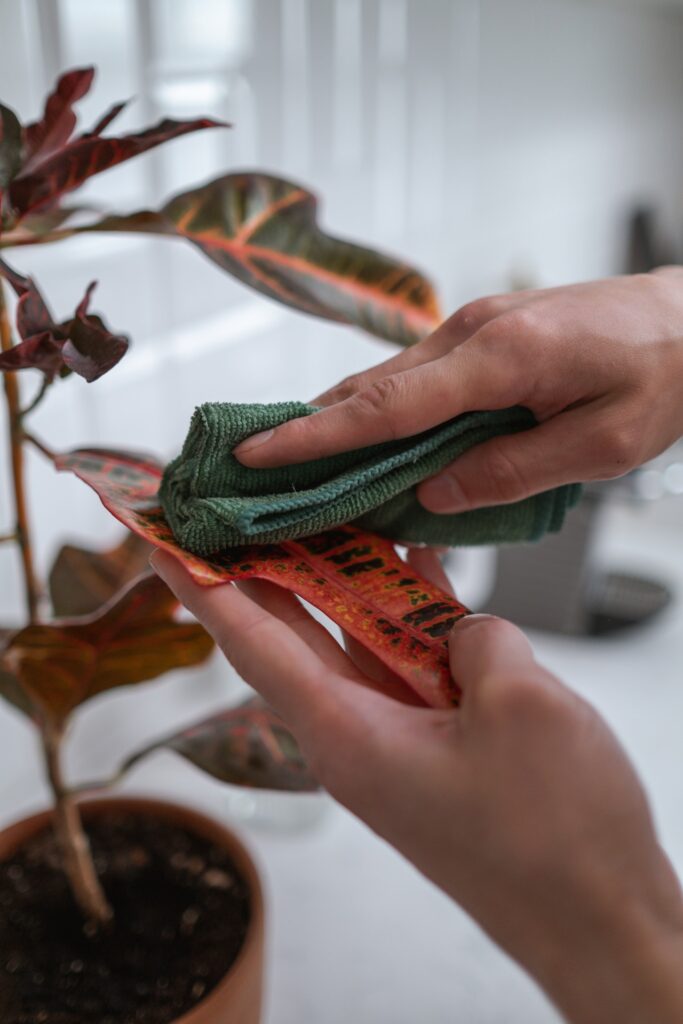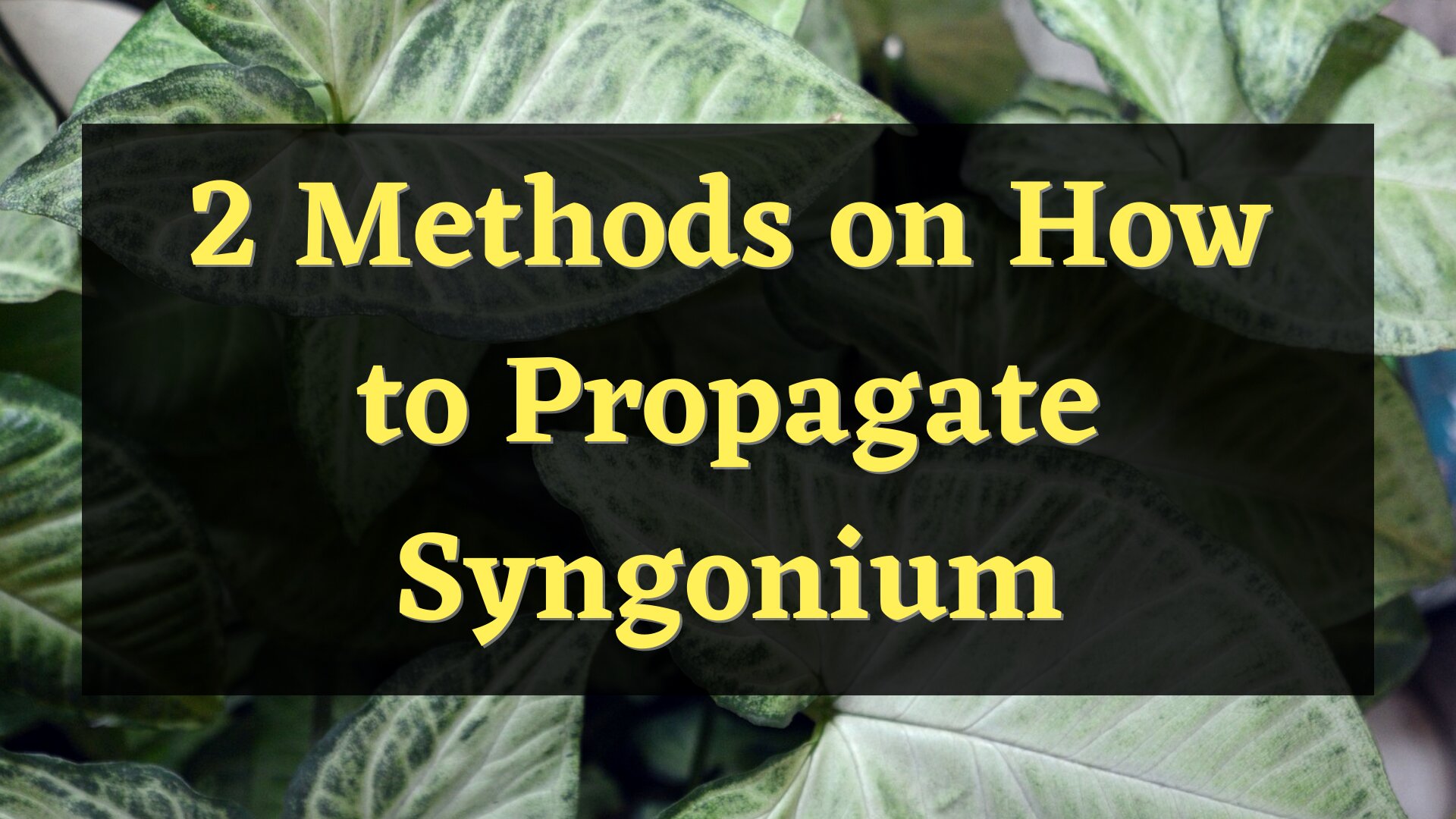Syngonium is a houseplant that belongs to the Araceae plant family. Some of its varieties are pink allusion, white butterfly, pixie, variegatum, emerald gem, and tri-leaf wonder. It is a purifying plant that removes toxins from the air. It is one of the easiest plants to propagate because it is adaptable to a new environment. Knowing how to propagate Syngonium properly will increase your plant collection and spread it out from your garden.
How to propagate Syngonium from cuttings?
Syngonium can be propagated through cuttings. Stem cuttings can be done in water or soil. The best season to propagate Syngonium is from spring to summer.

Steps in propagating Syngonium cuttings in the water
Prepare all the materials
The materials that you will need are sharp and disinfected scissors or pruners, pots, disinfectant, well-draining soil, a glass jar or container, and water. Disinfect the scissors or pruners that will be used in cutting the stem to remove any bacteria on it.
Cut 6 to 12 inches of a parent plant
Choose a healthy and mature stem of a Syngonium plant. Cut the stem below the node at a 45-degree angle. Proper cutting will support root development.
Take off the leaves on the lower part of the stem
The leaves at the lower part of the stem must be removed to accelerate root development.
Put water in the container
Distilled or tap water without chemicals can be used in propagating Syngonium. Liquid fertilizer can be added to support plant growth. A transparent jar or container will help you to easily monitor the root development.
Put the stem in the water
If the jar or container has a wide mouth opening, you can put plastic wrap or any transparent cover on the top. Make a hole in the cover and gently insert the stem cuttings into it. It will keep the plant steady to prevent its upper part from getting into the water.
Place it in a humid area
One of the best places for Syngonium is near the window. A good relative humidity must be maintained to prevent the Syngonium plant from drying out.
Allow the roots to grow
The roots of the stem cuttings will start to develop in 2 weeks. Numerous roots will be visible within four to six weeks.
Transfer the stem cuttings to the pot
Stem cuttings can be transferred to a pot when it develops numerous roots with a 1-inch length.
Monitor it regularly
Regular monitoring will keep the plant healthy. Checking the plant’s condition periodically will prolong its life.
Steps to propagate syngonium cuttings into the soil
Prepare all the materials
The materials that you will need are sharp and disinfected pruners or scissors, a pot, well-draining soil, potting mix, and water.
Prepare the pot
Put a well-draining soil that is rich in minerals and nutrients. The soil must have a 5.5 to 6.5 PH level. Natural compost or your preferred potting mix can be added to the soil for faster growth and development.
Cut 15 to 30 centimeters of a parent plant
Disinfect the pruners or scissors that will be used in cutting the stem to remove any bacteria on it. Cut the stem beneath the node at a 45-degree angle.
Remove the leaves on the bottom part of the stem
Keep one or two leaves at the top of the stem. The leaves on the lower part must be removed for faster root development. The stem can be soaked in rooting hormone to support its root development.
Plant it in the pot that you prepared
Plant the stem cuttings in the pot. Check the condition of the soil before you water the plant to determine how much water that plant needs. Too much water will result in waterlogging. A little amount of water will result in dryness. It can thrive in dry soil but not for a long time.
Place it in a humid environment
The ideal humidity level for the Syngonium plant is 50%. If there is a low humidity level in the environment, you can increase it by grouping the plants and putting river rocks under the pot.
Take care of your plant
Taking good care of your plant will keep it healthy and prolong its life. Regular inspection will help you to easily spot any plant damage so you can take immediate action.
FAQs

Does Syngonium grow from seed?
Growing Syngonium from seed is possible, but it is not the ideal method. This method is inconvenient because it is hard to source seeds of Syngonium and seed germination is not consistent. Propagation through stem cuttings or division is the best way to grow and multiply Syngonium.
Can you root Syngonium in water?
Syngonium can be rooted in water. A rooting hormone or liquid fertilizer can also be added to accelerate the development of its roots. Root development typically takes 4 to 6 weeks.
What is the best soil for Syngonium?
A well-draining soil that is rich in nutrients and minerals is the best soil for Synogium. The potting mixture that is good for Syngonium is equal parts of perlite, orchid bark, and plant potting soil. The other potting mixture that you can use is 20% of pumice, 30% of coco coir, and 50% of potting soil.
How can I make Syngonium grow faster?
Syngonium grows faster with proper care and regular monitoring. The right temperature for it is 15 to 26 degrees Celsius. Put it in an area where it will receive filtered sunlight. Keep the soil moist to make it hydrated and aerated. Wipe out the dust on its leaves to prevent any pests or insects.

Conclusion
Syngonium is a visually appealing houseplant that you can add to your plant collection. It is good for health because it can eliminate toxins in the air. In this article, the steps on how to propagate Syngonium through the cutting method are discussed. It can be propagated using the stem-cutting method in soil and water. Regular inspection, the right environmental condition, and proper care can make it grow faster.

Elizabeth Mcmillan is a passionate gardener with a strong interest in plants. She used to be a teacher, but Elizabeth has spent the last few years immersing herself in the world of plants, learning about their biology and cultural value and trying out different ways of growing them in her own garden. Elizabeth Mcmillan loves indoor plants, succulents, and cacti, and her friends and family know her as a plant care expert.







